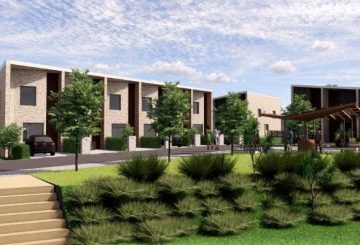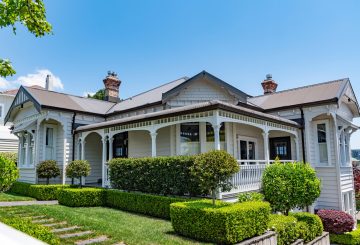강수량이 증가하고 기상 이변이 지역에 영향을 미치면서 베이 오브 플렌티 지역 의회는 홍수 방지 시설 근처에 거주하는 토지 소유주들에게 규칙을 다시 숙지하도록 상기시키고 있습니다.
홍수 방지 및 배수 세칙은 지역 협의회가 관리하거나 지역 협의회가 관리하는 홍수 방지 및 배수 인프라 자산 (예: 스톱 뱅크, 수문, 배수구 및 펌프장) 의 손상 및 오용으로부터 보호합니다.
하천 및 배수 자산 관리자인 커스티 브라운 (Kirsty Brown) 은 “홍수 방어는 심각한 홍수의 영향을 줄이기 위한 첫 번째 방어선”이라고 말합니다.
커스티는 흔히 발생하는 문제는 장기간 비가 내리는 기간 동안 스톡뱅크가 과도하게 방목되거나 스톱뱅크에 고이는 것인데, 이는 스톱뱅크를 손상시키고 약화시킬 수 있기 때문이라고 말합니다.
이로 인해 잔디 덮개가 손실되어 스톱뱅크의 무결성 위험이 발생할 수 있습니다. 토양 구조를 단단히 고정하는 데 도움이 되는 좋은 잔디 덮개가 필요합니다.잔디 덮개 손실은 과거에 스톱뱅크 고장의 원인이 된 것으로 나타났습니다.”
또 다른 문제는 쓰레기통이나 배수구에 쓰레기를 버리는 것인데, 이는 결국 배수구의 펌프장을 막아 효과적으로 작동하지 못하게 될 수 있습니다.
세칙에 따라 이러한 활동은 허용되지 않으며 토지 소유자는 홍수 방지 시설에 대한 피해에 대해 책임을 질 수 있습니다.
지역위원회의 핵심 역할 중 하나는 홍수 방어 시설이 양호한 상태인지 확인하고 지역사회를 대신하여 4억 4천만 달러 이상의 홍수 방지 인프라를 관리하는 것입니다.
지역 위원회 웹사이트 www.boprc.govt.nz/flood-defences에서 세칙의 세부 사항을 포함하여 해당 지역의 홍수 방지에 대해 자세히 알아보십시오.
크레딧: sunlive.co.nz





























































